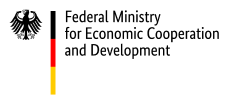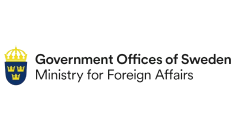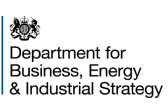Looking Ahead: Developing an Integrated Investment Framework in Zimbabwe
In late 2022, the Government of Zimbabwe set about developing an investment framework with support from the Partnership that focuses on NDC implementation and long-term low emission development strategies. The framework is designed to advance climate action in the country and will serve to address significant climate challenges by directing financial resources and strategies towards concrete actions, such as reducing greenhouse gas emissions and adapting to evolving climate scenarios. The framework will be an essential tool in attracting necessary financial investments and resources to support Zimbabwe’s efforts toward NDC implementation. This involves donor funding, public-private partnerships, and other mechanisms to ensure effective implementation of the country’s strategies and plans.
More specifically, the investment framework is designed to help finance 30 mitigation abatement activities, which are estimated to cost USD 6.3 billion by 2030, USD 4.8 billion of which is wholly conditional upon international financial support. Therefore, mobilization of both domestic and international climate finance is key, a significant portion of which will come from the private sector.
With Partnership support –through the United Nations Development Programme –Zimbabwe is leveraging technical guidance to develop this investment framework, specifically using this as an opportunity to align NDC and long-term strategy (LT-LEDS) implementation efforts. By developing and implementing an NDC Investment Plan, Zimbabwe is aligning its actions and commitments with international agreements like the Paris Agreement. This not only strengthens the country’s position globally but also showcases its dedication to mitigating climate change and building resilience.
Some key expected results from the LEDS and NDC Investment Framework include:
- Consolidated investment needs for the achievement of the NDCs and LEDS (based on NDC, LEDS, National and sectoral investment frameworks, NAP, and other relevant sources);
- Consolidated costing estimates of investment needs and funding gap;
- Identification of investment barriers (economic, financial, technical, policy/regulatory, etc.) and actions to tackle them;
- Prioritization of investment projects and enabling actions; and
- Matching investment needs with potential funders (public and private) aiming to generate expressions of interest for priority investment projects.
Photo by VV Shots / Adobe Stock







